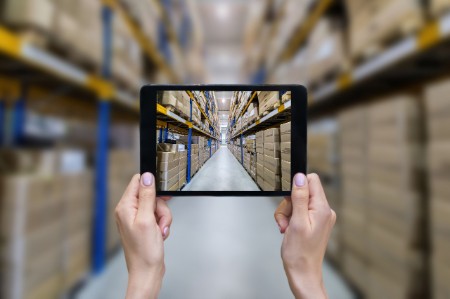It’s a new era for indirect taxation, and businesses need to prepare for this new landscape.
The “go-to” tax
The global taxation system is currently undergoing an unprecedented transformation, and indirect tax is well-placed to become the “go-to” source of tax revenue for governments in the future.
For example, countries around the world are currently implementing recommendations by the Organisation for Economic Co-operation and Development (OECD) to prevent so-called base erosion and profit shifting (BEPS) of income. These changes are expected to bring increased transparency but greater controversy as well. Taxation on profits will continue to be a highly disputed area, with the digital economy changing dynamics on how to tax.
The relative clarity of taxing transactions will only make indirect tax more attractive to policymakers and businesses who find themselves increasingly embroiled in disagreements over which profits are subject to tax and where. While the determination of how to assess indirect taxes in a digital economy has similar ambiguities, it is likely to be a growing source of revenue for governments.
Investing in the future
This is not to say that indirect tax administration is perfect — far from it. Tax administrations in many jurisdictions struggle to deal with indirect tax fraud. The European Union, for example, estimates it lost 151.5 billion euros in VAT in 2015.
In response, tax administrations have established many complex and costly compliance requirements, and as a result businesses today often face substantial delays in obtaining VAT/GST refunds or credits. Others wind up receiving nothing, with some finding the compliance requirements so onerous that they don’t even bother filing for refunds.
Automation and technology promise to help businesses better manage the complex and often lengthy process of claiming indirect tax refunds. But this will require businesses to invest in their own tax departments, including in the area of robotic process automation, to make the tax function more efficient and free up employees to focus on value-added activities.
And investments in technology will support growing compliance demands created by new government initiatives that track VAT/GST-related transactions in real time through e-invoicing, blockchain or other innovations.
Related article
Digital questions
Controversy may also be set to increase in the indirect tax space thanks to looming digital issues.
Just as in the income tax space, indirect tax officials are wrestling with fundamental questions and taking different approaches on what to tax and where in the digital economy.
Tax administrations are increasingly focused on collecting due VAT/GST from business-to-consumer as well as business-to-business digital transactions, adapting and introducing legislation to collect these indirect taxes in the country in which the consumer is based.
It’s a new era for indirect taxation and businesses need to prepare for this new landscape. In our globalized, digital world economy, indirect taxes are the tax of the moment.
Summary
Changes in the approach to taxation of e-commerce transactions poses an increased risk of double-taxation in the indirect tax space, something that historically was a bigger concern in the profit tax arena. Businesses need to keep up and comply with changing tax laws for digital transactions — an admittedly challenging task considering the current pace of change. Investing in both people and technology will enable businesses to anticipate and resolve controversy and to monitor fast-changing developments in critical markets.


